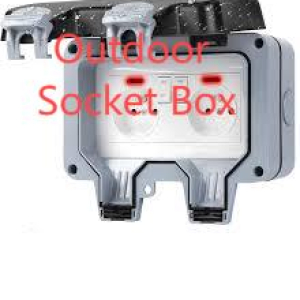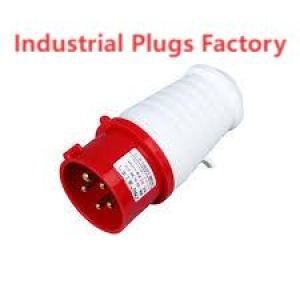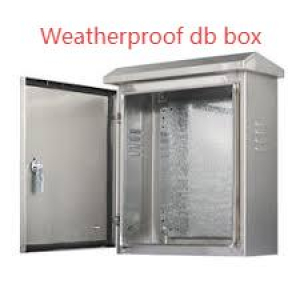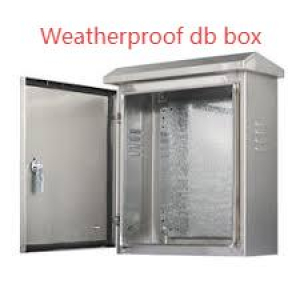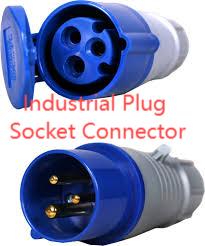Among essential components in power distribution networks, the Industrial Plug Socket Connector provides the critical junction that links heavy machinery to electrical sources, ensuring stable voltage transmission even under extreme conditions. Choosing the right model involves a nuanced understanding of environmental factors, safety regulations, and system compatibility, all of which contribute to seamless operations and reduced downtime.
1. Understanding Environment-specific Requirements
Industrial sites vary widely—from dust-laden mining facilities to humidity-prone food processing plants. It’s vital to select connectors with appropriate ingress protection (IP) ratings to guard against water, steam, and fine particulates. Consider operating temperatures, exposure to chemicals, and vibration levels. Only connectors rated for these stresses will deliver reliable performance and comply with workplace safety standards.
2. Selecting Appropriate Ratings
Power connectors are specified by voltage, current, and duty cycle. Always verify that the voltage rating exceeds peak load demands and that the current rating accommodates startup inrush currents without overheating. Duty cycle classifications indicate how frequently a connector can engage and disengage under load. Overspecifying slightly can extend service life, particularly in applications with frequent equipment changeovers.
3. ABB Integration and Compatibility
ABB offers modular connector systems that simplify retrofitting and expansion. Their plug-and-play approach allows plant managers to upgrade capacity or incorporate monitoring modules without downtime. ABB connectors often include integrated sensors for real-time temperature and current feedback, enabling predictive alerts before faults occur. This integration supports Industry 4.0 initiatives, linking physical connections to digital control systems.
4. Installation Protocols for Safety
Proper installation begins with selecting compatible cable glands and ensuring strain relief to prevent conductor fatigue. Torque all contacts to manufacturer specs to maintain low-resistance connections and prevent arcing. Label each phase clearly and follow lockout-tagout procedures during installation. Electrical inspections should confirm correct wiring polarity and ground continuity before the system is energized.
5. Proactive Maintenance Strategies
Routine checks should inspect contact surfaces for discoloration, pitting, or deformation. Cleaning with approved non-conductive solvents removes oxidation without damaging insulation. Replace seals and gaskets annually to preserve IP integrity. Document each inspection, noting any torque adjustments or part replacements. Such disciplined maintenance of the Industrial Plug Socket Connector fleet can extend component lifespans by years while preventing costly unscheduled outages.
By tailoring connector selection to the operational milieu and adhering to rigorous installation and maintenance standards, facility engineers can dramatically enhance system resilience. A well-chosen connector not only meets immediate power delivery needs but also supports long-term reliability, safety compliance, and cost-effective lifecycle management.


